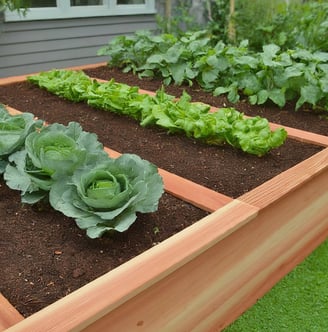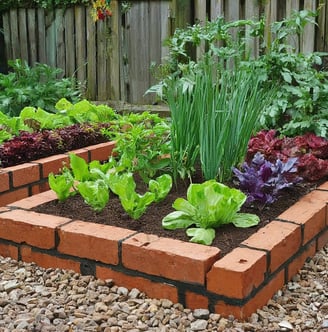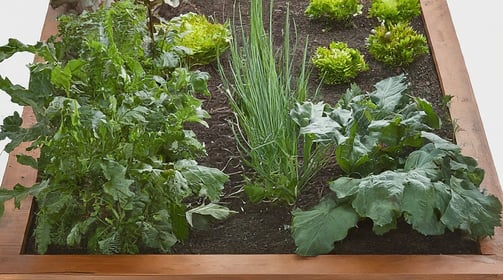Help keep this website stay online by supporting us in ways you can!
Raised Beds vs. In-Ground Planting: Choosing the Perfect Spot for Your Plants
BLOGREVIEW
3/19/20243 min read


So you've decided to get your hands dirty and start a garden! But before you grab your seeds, there's an important decision to make: where will your plants grow? There are two main options: planting directly in the ground (in-ground planting) or using raised beds.


In-Ground Planting
In-ground planting is the classic gardening method. You simply prepare the soil in your chosen spot and plant your seeds or seedlings directly in the ground.
Pros:
Easier to set up: No need to build or buy raised beds.
Potentially lower cost: You're using the existing soil, so you might not need to buy additional soil amendments.
Suitable for large gardens: In-ground planting is ideal for sprawling gardens with lots of space.
Cons:
Less control over soil quality: You're limited to the existing soil conditions, which may not be ideal for all plants.
Drainage issues: Poor drainage can lead to root rot in some plants.
More weeding: In-ground gardens are more prone to weeds competing with your desired plants.
Harder on the body: Bending over to tend to in-ground plants can be tough on your back and knees.




Raised beds are essentially elevated planting areas enclosed by a frame. You fill them with your chosen soil mix, giving you more control over the growing environment for your plants.
Pros:
Better drainage: Raised beds allow for improved drainage, which is essential for many plants.
Improved soil quality: You can fill raised beds with a high-quality soil mix that's perfect for your plants' needs.
Less weeding: Raised beds help to deter weeds from taking root in your garden.
Easier on the body: The elevated design of raised beds makes it easier to tend to your plants without bending over as much.
Warmer soil: In cooler climates, raised beds can warm up the soil faster in spring, giving your plants a head start.
Cons:
More work to set up: You'll need to build or buy raised beds, which takes time and effort.
Higher cost: You'll need to purchase materials for the raised beds and potentially buy additional soil.
Limited space: Raised beds are typically smaller than in-ground gardens, so they're better suited for smaller areas or specific plants.
Drying out faster: Raised beds can dry out faster than in-ground gardens, so you may need to water them more frequently.
So, Which Should You Choose?
The best option for you depends on your specific needs and preferences. Here's a quick guide to help you decide:
Choose in-ground planting if:
You have a large garden area.
You have good quality existing soil.
You're on a tight budget.
Choose raised beds if:
You have limited space.
You want to improve drainage or soil quality.
You have mobility issues or back pain.
You want to extend your growing season in a cooler climate.
Ultimately, there's no right or wrong answer. Both raised beds and in-ground planting can be successful methods for growing a thriving garden. Consider your options, weigh the pros and cons, and choose the method that best suits your gardening goals!

